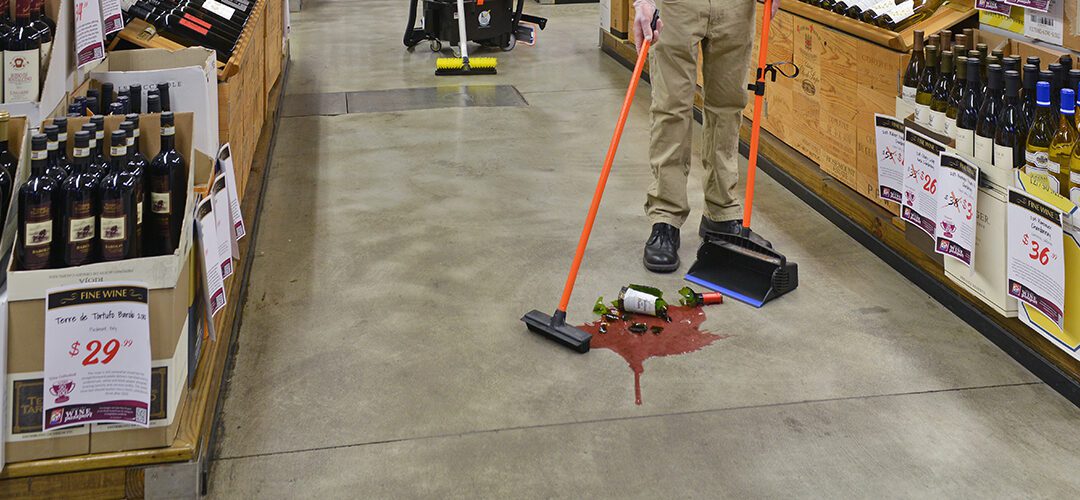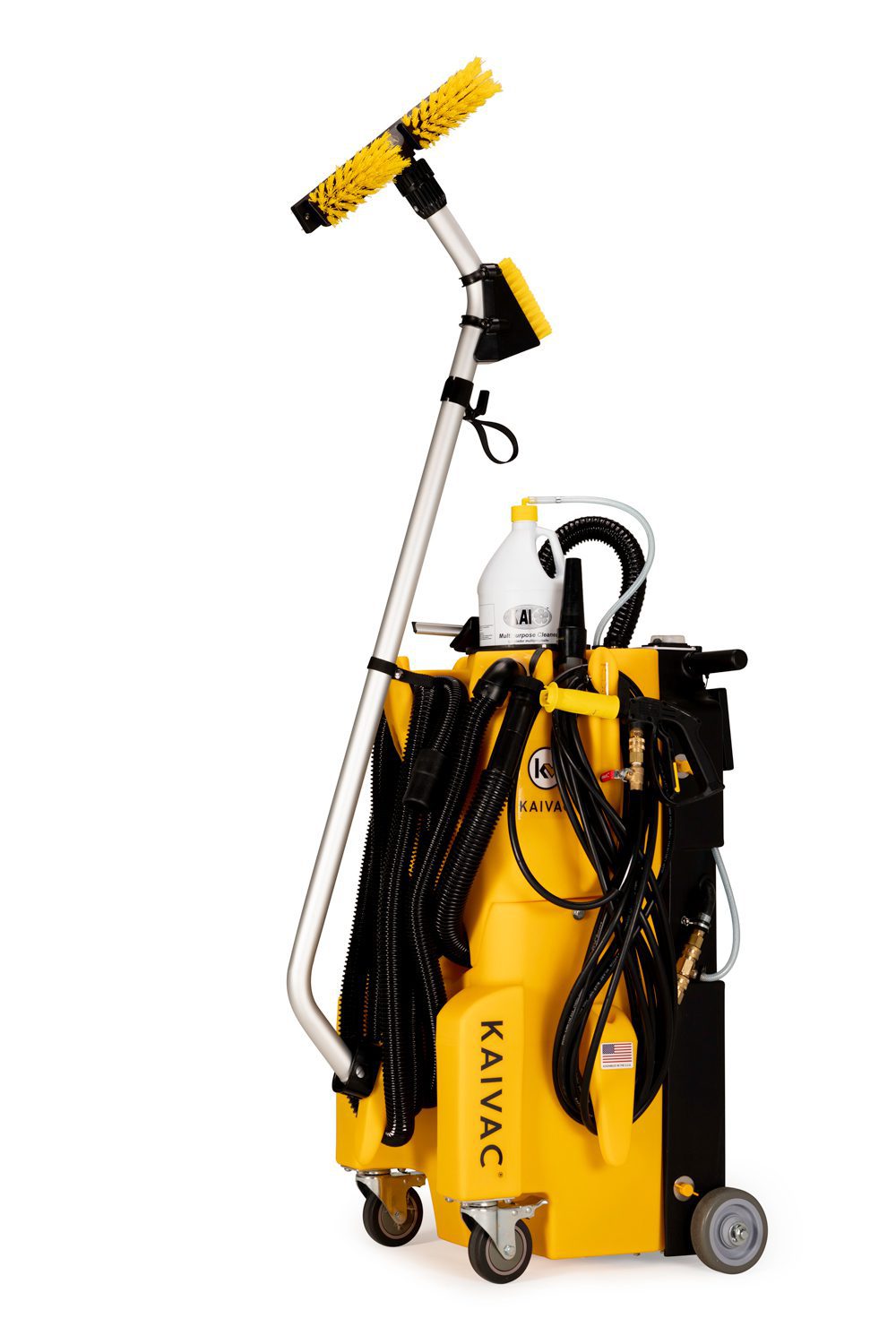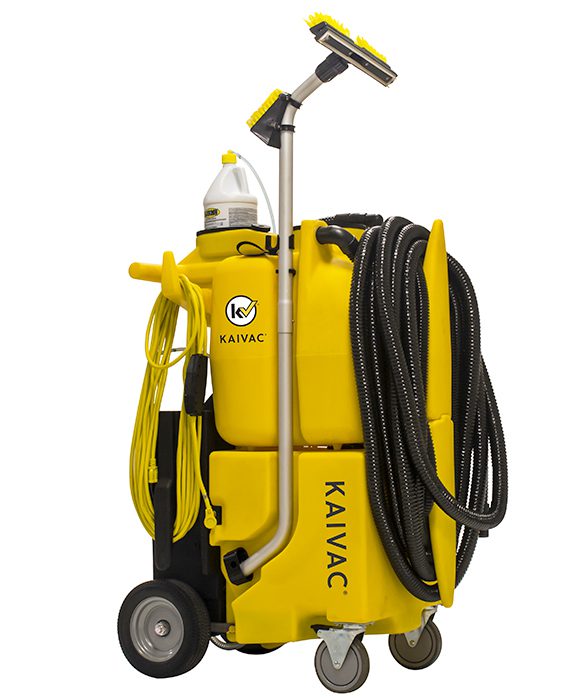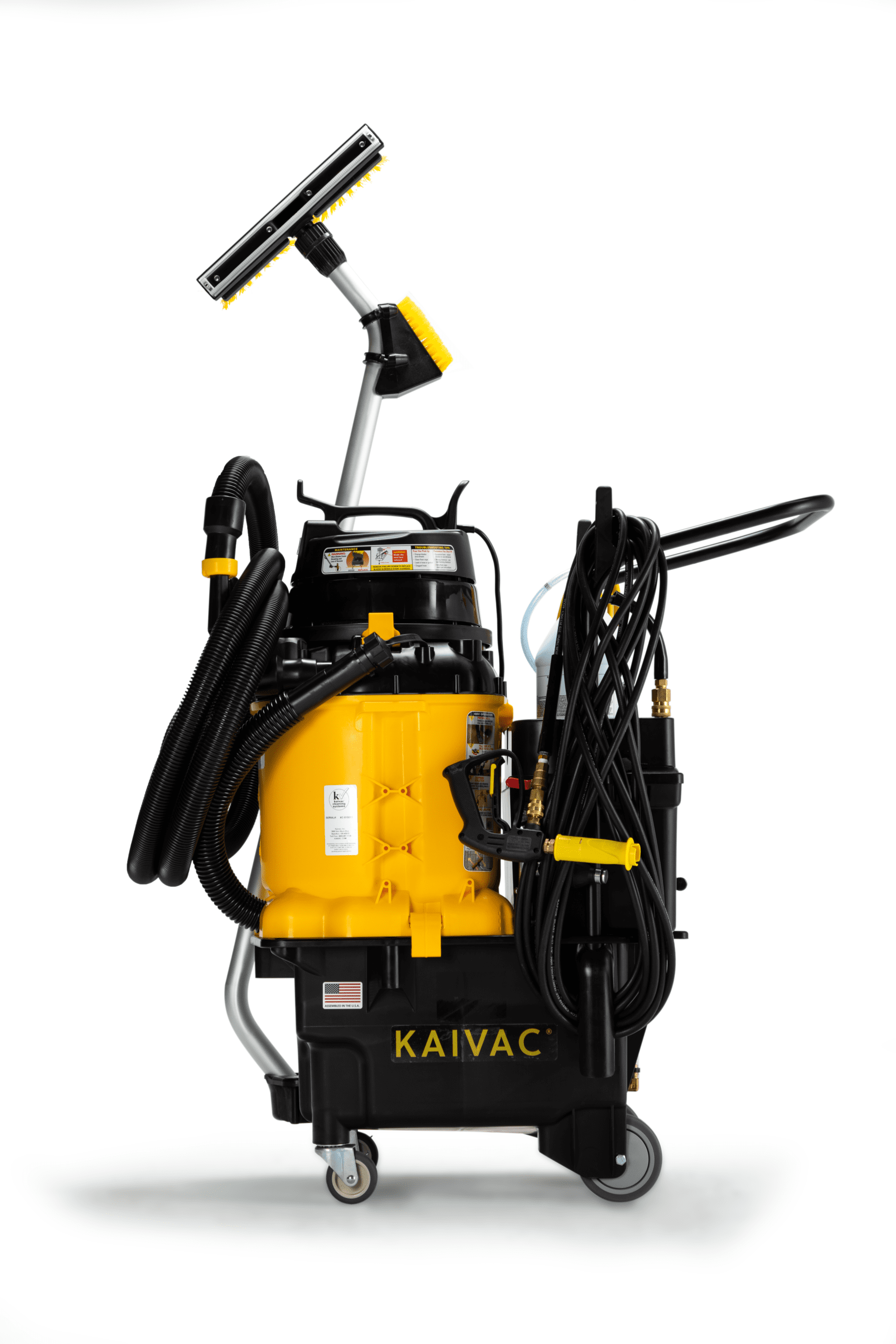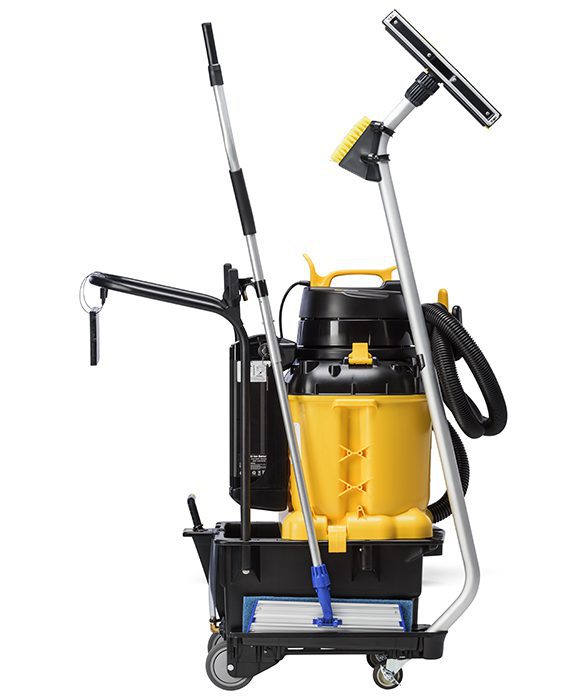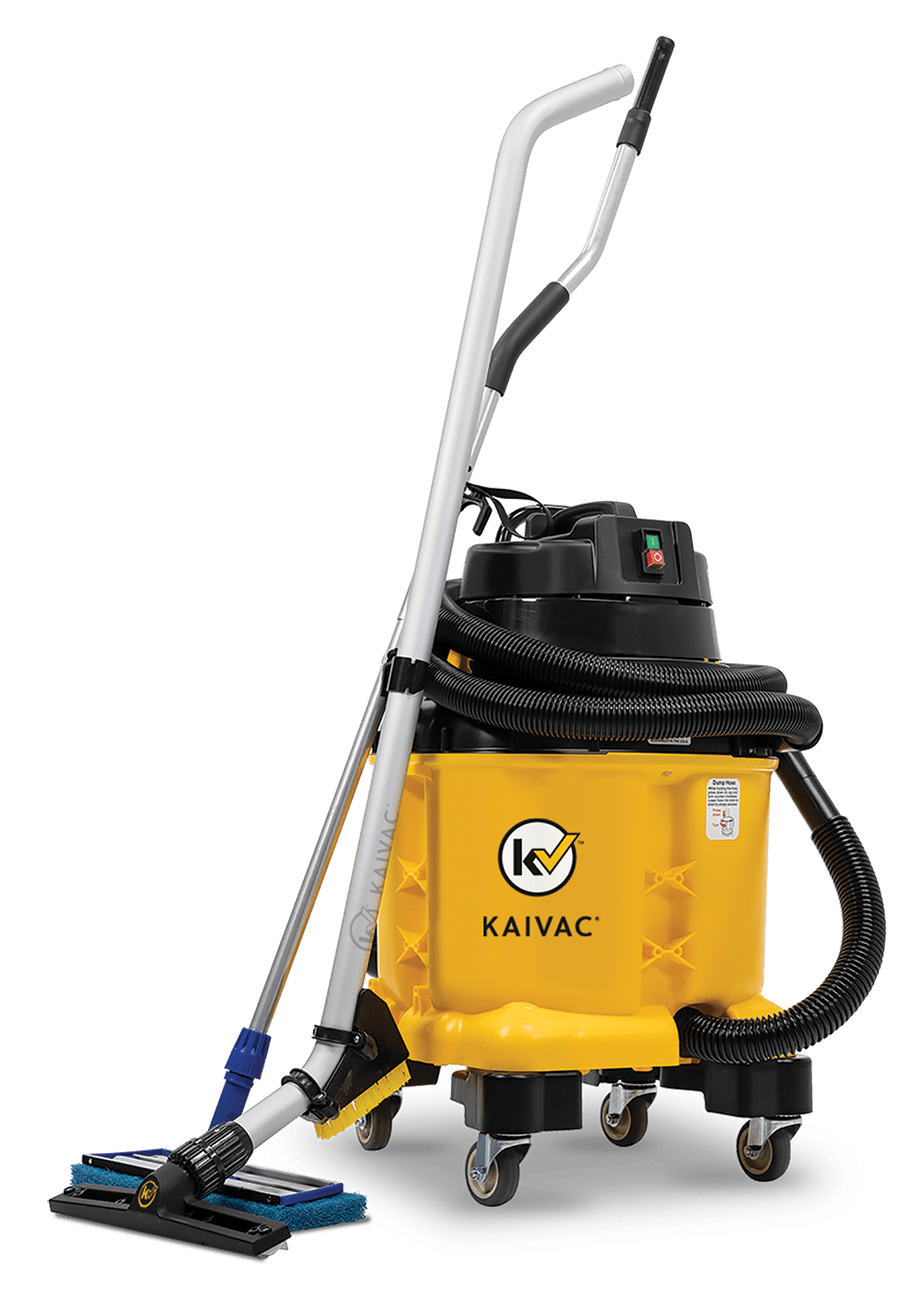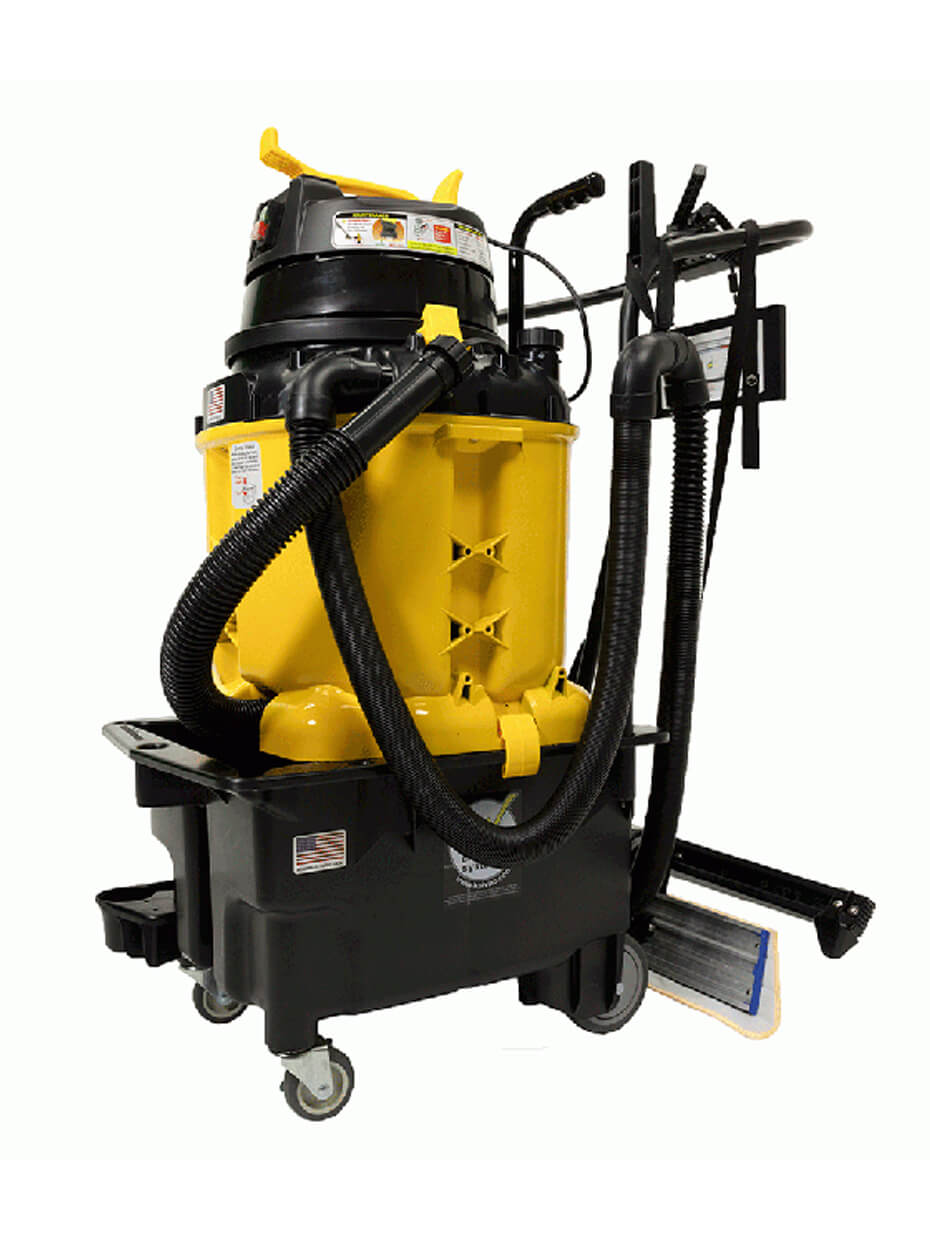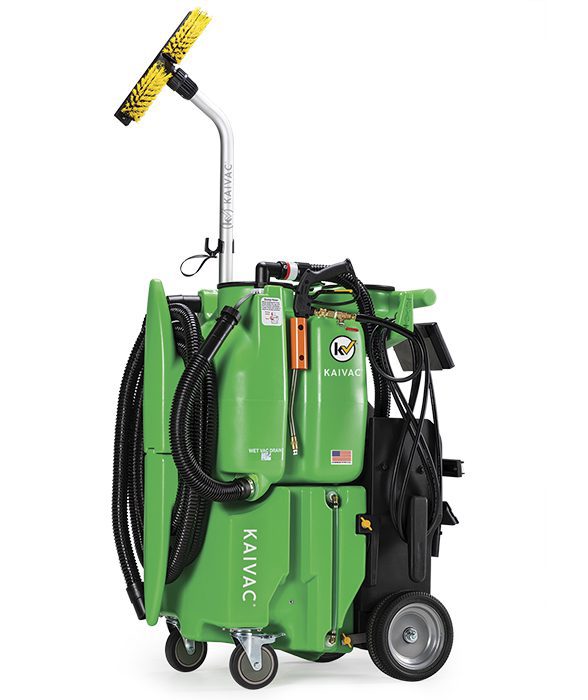Cleaning spills seems intuitive. Just throw something absorbent down and get back to work, right? Absolutely not. Spills cause more than unsightly messes. Spills can be responsible for delays, lost productivity, accidents, expensive lawsuits, and in the worst cases life-altering injuries.
This is why creating a spill response plan is vital for groceries, restaurants, retail establishments, and really every public location. After all, dangerously wet floors are caused by more than a dropped drink (more on that below), so knowing the best way to clean spills keeps everyone safe.
Spills Happen: The Many Different Ways to Make a Mess
Wikipedia defines a spill as, “when the contents of something, usually in liquid form, are emptied out onto a surface, person or clothes, often unintentionally.” And that is what people usually think about when talking about a spill. They picture a dropped drink or a broken glass jar.
But spills are much more than that. They don’t even have to be liquid to be potentially dangerous. Moisture can find its way on the floor from a variety of sources including:
- Leaking refrigerator equipment
- Rain-soaked umbrellas, coats, and shoes
- Tracked in snow and ice
- Moisture build-up from produce misters and other equipment
- Leaky roofs
These are just the liquids. Big “puddles” of dry materials can be just as dangerous to walk through. Items like rice or other grains, powders, plastic craft beads, glass marbles, or any small granule reduce the traction between footwear and the floor surface which can lead to a slip and fall.
Poor floor conditions can also lead to a slip, trip, and fall. Holes, uneven patches, and worn surfaces may cause an unsuspecting person to stumble. Badly lit areas or cluttered spaces can also lead to accidents. Even cleaning with the wrong product can make a floor more slippery than it should be, potentially leading to a mishap.
The Dangers of Spills
Slipping on a spill is more than embarrassing. Slips and falls can lead to real, long-lasting injuries, according to the National Floor Safety Institute, a non-profit group that tracks slip and fall accidents. According to their data, falls represent more than 20 percent of all hospital emergency room visits. Slips and falls are the primary cause of lost workdays in the U.S. They are also the leading cause of workers’ compensation claims.
These accidents are painful, embarrassing, and costly. Medial costs of employee slip and falls total more than $70 billion every year. Legal fees to defend against slip and fall claims total a whopping $50,000 per incident.
Statistics like these illustrate the importance of cleaning spills quickly and completely.
The Best Way to Clean a Spill
Spills are inevitable. A well-thought-out spill response provides the best defense against a painful, and costly, slip and fall incident. The most effective spill response strategy starts before any hazard shows up.
That means choosing the right flooring material from the start, cleaning the floor with chemistry that maintain a high coefficient of friction, and keeping walkways well-lit, neat, and organized. Install a walk-off matt system to catch rain, snow, sand, and grit.
Be sure staff know what to do when—not if— a spill happens. That protocol should include:
- Placing warning cones around the spill
- Picking up glass or debris*
- Cleaning and drying the floor
- Removing warning cones
*be sure to wear gloves to protect from cuts.
There are many ways to clean and dry a spill, but not all are created equally. Mops, a tried-and-true method, are not very effective. Mops don’t remove messes as much as spread them out further. They also hold on to dirt and bacteria so “cleaning” with them pushes those impurities and pathogens around as well.
In an effort to move away from mops, some organizations install spill station that include a spill absorbing powder. Usually found placed in multiple locations, these stations include a broom, dustpan, trash bags, and a container of the spill powder. This spill response works well, as long as the stations are always stocked and there is enough powder on hand to handle the mess.
The best way to clean spills is with advanced tools designed to clean and dry floors with one pass. Technology like the AutoVac Stretch™ or UniVac® from Kaivac make cleaning spills fast, easy, and complete.
Employees simply run the machine over the mess to completely remove solids and liquids. A deck brush loosens sticky or problem messes but does not spread like a mop. The built-in vacuum leaves floors clean, dry, and ready to walk on.
Knowing the best way to clean a spill keeps everyone safe. Want more floor maintenance ideas?
